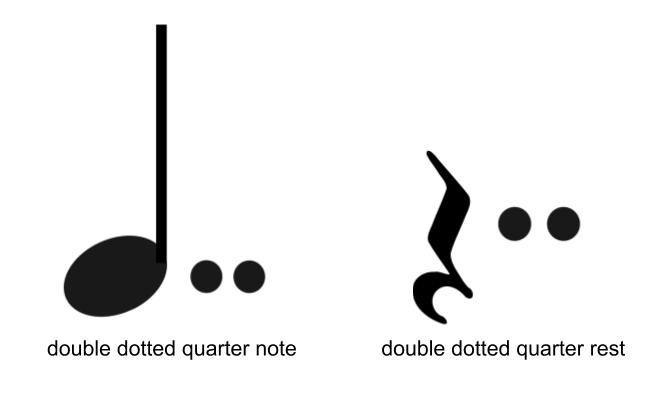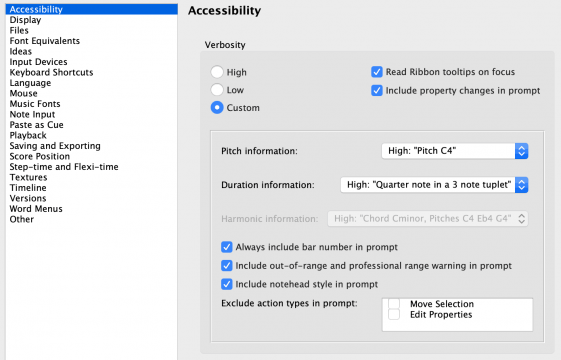

But works listed are automatically biased heavily towards mainstream works, and especially those by very well-known composers, since I'm less likely to even know about details in other works. Where there's a tie among several works, I've tried to emphasize those that are the most "mainstream", especially in terms of composer and publisher. Also, in general, implicit notation is excluded, e.g., Renaissance notation that is equivalent to complex tuplets.

But even what constitutes valid notation - its syntax - is ill-defined, and even for individual symbols regardless of context. It's widely understood that what music notation means - its semantics - is ill-defined. In particular, it does not have well-defined borders it just fades away indefinitely in all directions. Notwithstanding the heading below referring to "The Game", this list has a serious purpose, namely to suggest that conventional Western music notation is far more complex and subtle than most people think.

The Chopin scores used in these examples can be found on IMSLP. 16), there is a quarter note (one beat) with a dot (half the quarter note) and then another dot (half of the preceding dot) for a total of 1.75 beats. So, in this example from Chopin's Prelude in G Major, op. The dot means "add half of whatever is to my immediate left. In this case, the dots will be placed side by side. There is such a thing as a double-dotted note. But whereas the lower three notes are each two beats long, the B lasts 1.5 beats and then moves to C. On beat 3, the right hand plays D-E-G#-B. To briefly expand on answer (thanks to comment below): There is no notation for lengthening all notes of a chord each note has to be dotted individually.īoth dots are required, because there are situations where one plays two (or more) notes together but holds them for different lengths.įor example, here's an excerpt from Chopin's Prelude in A Minor, op.


 0 kommentar(er)
0 kommentar(er)
